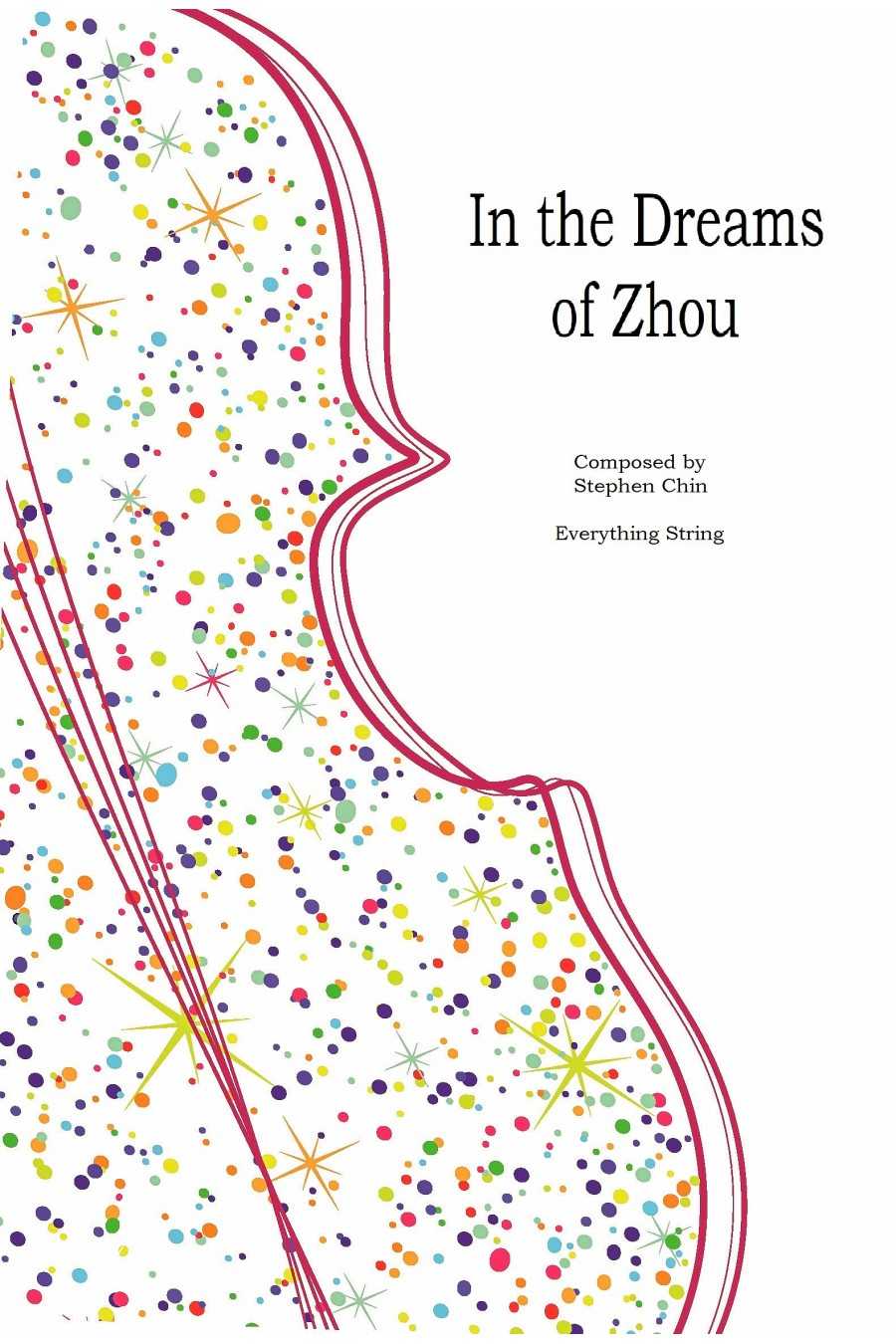
Two Mozart Classics By Mozart Arr. Stephen Chin
Mozart's Ave Verum Corpus and Alleluia from "Exultate Jubilate" are two of his most cherished liturgical compositions. All the difficult melismas have been adapted without losing the original excitement.
1. Ave Verum Corpus
2. Alleluia from Exultate Jubilate
For String Orchestra Grade 3











